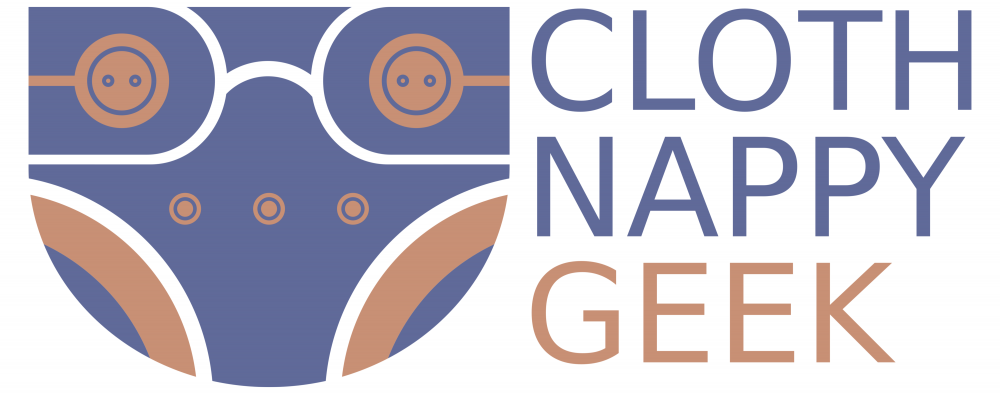The benefits of using cloth nappies are wide ranging, from saving the planet to saving money.
The environment
You have almost certainly heard that disposable nappies take 500 years to decompose in landfill. Which is a shockingly long time. In actual fact plastic doesn’t decompose, it just breaks into smaller and smaller microparticles so not 500 years, but forever. The scale of the problem is just as frightening, in England and Wales we send 3 billion nappies to landfill every year. That just isn’t sustainable.
When you think of single-use plastic items disposable nappies might not be your first thought. Sounds silly now I know what they are made of, but they just didn’t seem like plastic to me. Certainly not in the same way as a straw or drinks bottle. But they are a single-use plastic item. It takes a cup of crude oil to make each disposable nappy. And we cut down 7 million trees a year in the UK alone to make disposable nappies. Add to that the manufacturing and transportation of the thousands of nappies required by each baby and you start to see the scale of the problem.
Of course cloth nappies also have to be manufactured. Cotton is a very intensive plant and bamboo is a processed fibre, there is an environmental cost cloth nappies just like any item. But at least once these products have been created they can exist for many years, not just a few hours. Cloth nappies also need to be transported, but again this process only needs to happen once.
The environmental impact on creating a cloth nappy or a disposable nappy are broadly similar (there are a lot of variables to consider), but a cloth nappy can be reused over and over on your baby, on a potential subsequent baby, and hopefully by another baby as you can pass on your nappies once you have finished with them. Each time a cloth nappy is used its green credentials just get brighter.
Baby
You only need to compare a cloth and disposable nappy side by side and you can clearly see which you’d prefer to wear. The softer, more breathable fabrics look more comfortable.
But the benefits go far deeper than that. The amount of chemicals in disposables is quite frankly shocking. Finding a list of what chemicals have gone into a specific disposable nappy is difficult, which in itself is worrying – what is there to hide? Remember this product is going to be on your baby pretty much every minute of every day for 2+ years. Manufacturers should disclose exactly what is in their products, if they don’t then don’t use them.
The French national health agency (Anses) conducted some research into the chemicals in disposable nappies, and published their report in 2019. The resulting news articles are definitely worth a read if the the chemicals are an area that concerns you.
You
The average baby will use 4,000 nappies from birth to potty training, when you add in the extra time to become dry overnight that figure rises to an average of 5,000 nappies per child. This would cost around £800 per child.
A set of reusable nappies could cost around £300, this is what I spent on a stash of 20 birth to potty nappies purchased brand new. Buying preloved would of course bring this cost down. And there are cheaper (but just as reliable) options available. At the end of using cloth nappies I will be able to sell these on and re-coup some of the cost too. If you are looking to sell some of your nappies then my handy fees calculator will help.
The cost of washing cloth nappies is estimated to be around £1 a week. So even using cloth nappies on one baby and not selling on your nappies afterwards there is still a saving of a couple hundred pounds to be made.
Having a second (or third!) child makes the savings even greater. Also check with your local council as many offer financial incentives for swapping to cloth nappies.
Disposable nappies have the convenience factor. But did you know that you should not be sending human waste into landfill? It needs to be removed from disposable nappies before placing in the bin. Otherwise we risk harmful toxins getting into our water systems. So once you’re at the point of removing solids anyway, the convenience factor is negligible.
